|
The NOAA Hydropower Program works with partners including other federal agencies, industry, states, non-governmental organizations, and Tribes to identify and implement solutions to reopen rivers to migratory fish while preserving hydropower generation. The Santee River Basin, in North and South Carolina, currently supports some of the largest populations of migratory fishes on the east coast of the United States, yet population levels remain depleted. To address the threats to these fish species, NOAA worked with the U.S. Fish and Wildlife Service and resource agencies in the states of North Carolina and South Carolina to develop the Santee Basin Restoration Plan. Learn More >
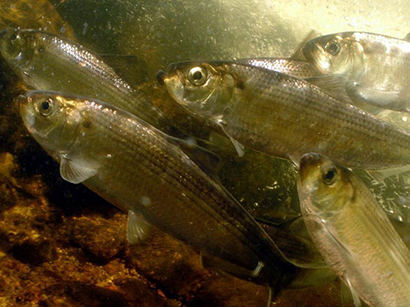 |
This April 21, organizations from around the world will celebrate World Fish Migration Day focusing on the common theme of "Connecting Rivers, Fish, and People." This is a global celebration to create awareness of the importance of open rivers to migratory fish through events and social media. For those in the northeast, there are several opportunities to partcipate in related events. NOAA Fisheries will be highlighting our fish migration efforts all week, be sure to follow along. Learn More >
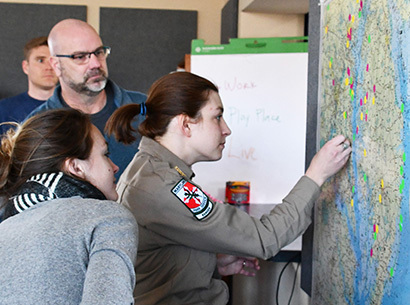 |
A recent workshop for educators focused on why fishing communities are so important in the Chesapeake Bay region. Participants learned about NOAA’s role in working with these communities, and how information about fisheries, fishing communities, and fisheries management can be incorporated into environmental education. The workshop was run by the NOAA Chesapeake Bay Office’s Environmental Science Training Center, which gives educators the tools and knowledge they need to effectively convey the latest information on science, technology, engineering, and math to their students. Learn More >
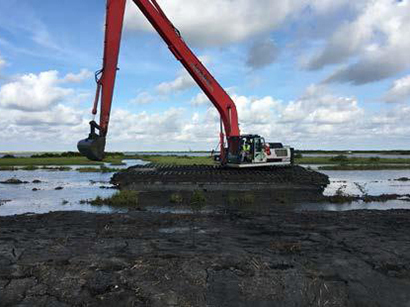 |
The Deepwater Horizon Louisiana Trustee Implementation Group approved and released its Final Strategic Restoration Plan for the Barataria Basin. It considers a comprehensive set of restoration techniques and approaches like large-scale sediment diversion, marsh creation, and ridge restoration to help prioritize future project and funding decisions. These strategies will help address ecosystem-level injuries in the Barataria Basin and the Gulf of Mexico caused by the Deepwater Horizon oil spill. Learn More >
 |
The impacts of the 2017 Atlantic Hurricane Season were historic for communities in Florida, the U.S. Virgin Islands, and Puerto Rico. While coral reefs—the first lines of protection for these coastal communities—stood strong against the storms, many were heavily impacted. NOAA is working alongside local agencies, community members, and a group of military veterans to study and restore thousands of corals. NOAA’s Coral Reef Conservation Program has released a new story map to showcase these impacts and efforts. Learn More >
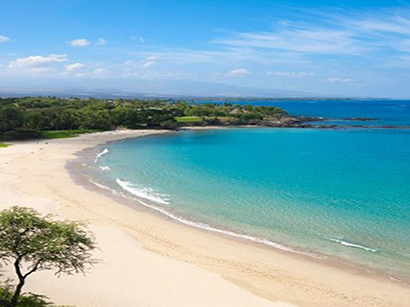 |
Cold Spring weather keeping those winter blues around? Let’s take a trip to a better blue, the warm waters of West Hawai’i, a NOAA Habitat Focus Area. It has one of the state’s longest contiguous coral reefs, supporting species that aren’t found anywhere else in the world. The area is home to several endangered or threatened species of seals, whales, and sea turtles. We’re helping protect this area to ensure the local ecosystem and tourism economy, both relying on healthy habitat, remain strong. Learn More >
The NOAA Fisheries Habitat Program is holding a Fish Passage Program Review focusing on our Hydropower and Community-based Restoration Programs. We are excited about the opportunity to talk about our programs and look forward to the recommendations provided by an external panel. The review will be open to the public and accessible by webinar for remote participation.
Dam removals allow fish to migrate and can cause changes to water and sediment flow, the water table, and surrounding plant communities. A research team led by Boston College, with support from the NOAA Restoration Center, wanted to learn more about how wetland and riparian plant communities respond to dam removals. Their study suggests that allowing natural revegetation following a dam removal can result in diverse, dynamic plant communities that provide a variety of benefits to local wildlife and people. Learn More >
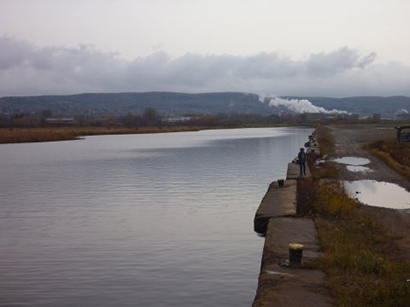 |
NOAA’s work restoring habitat damaged by oil spills and hazardous waste around the U.S. starts with understanding how those incidents injured the habitats and plant and animal species living there. NOAA’s Damage Assessment, Remediation, and Restoration Program works hand-in-hand with other federal, state, and tribal authorities to go from understanding impacts, to restoration planning, and eventually to implementing projects. The St. Louis River Interlake Superfund site in Minnesota is a great example of collaboration leading to positive results for the environment and communities in Minnesota. Learn More >
|